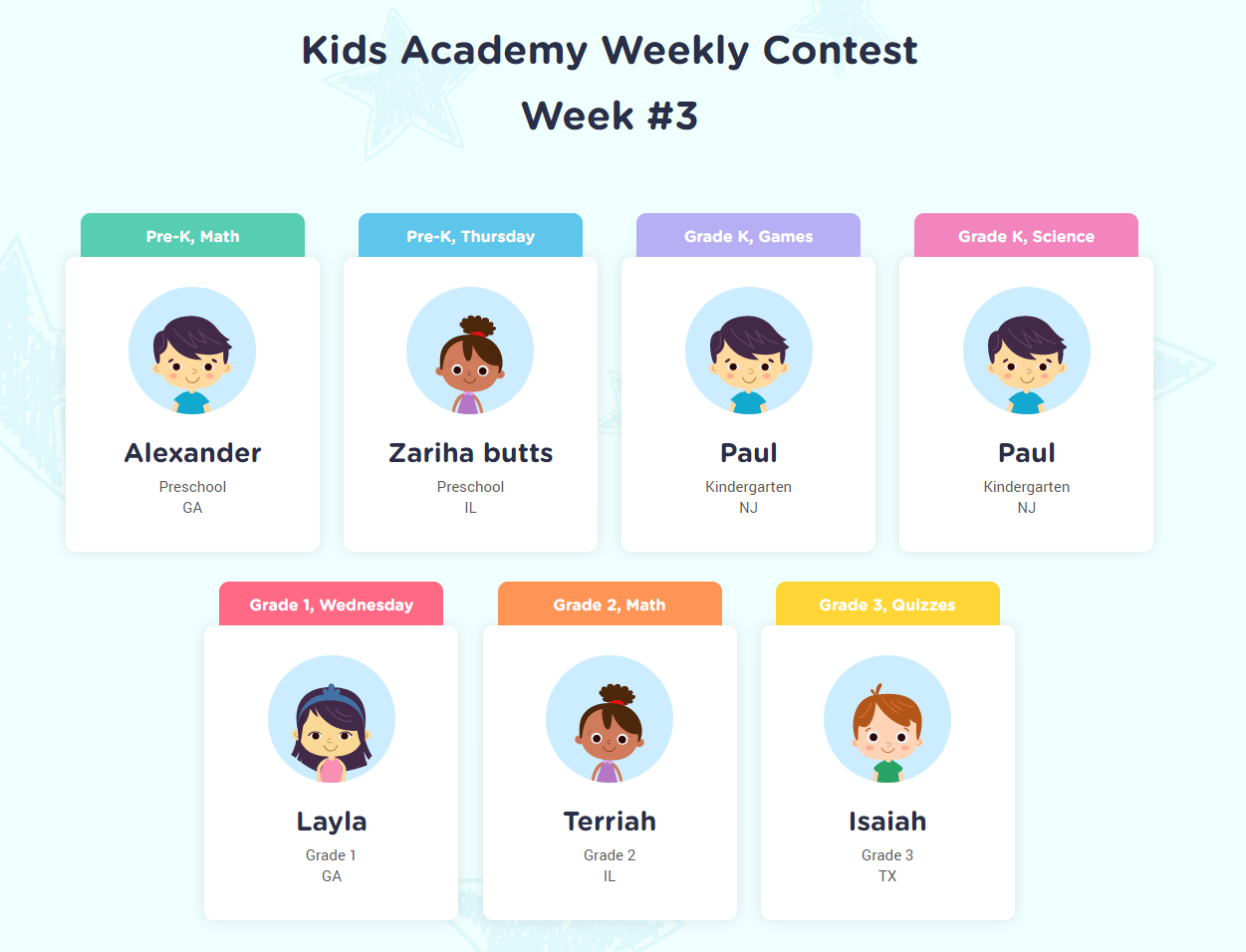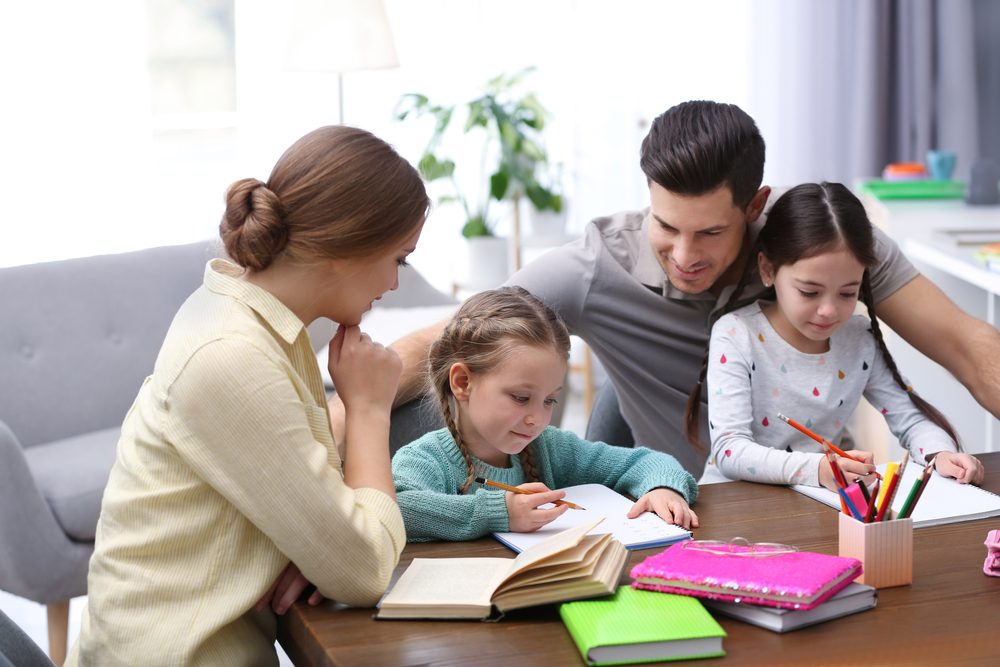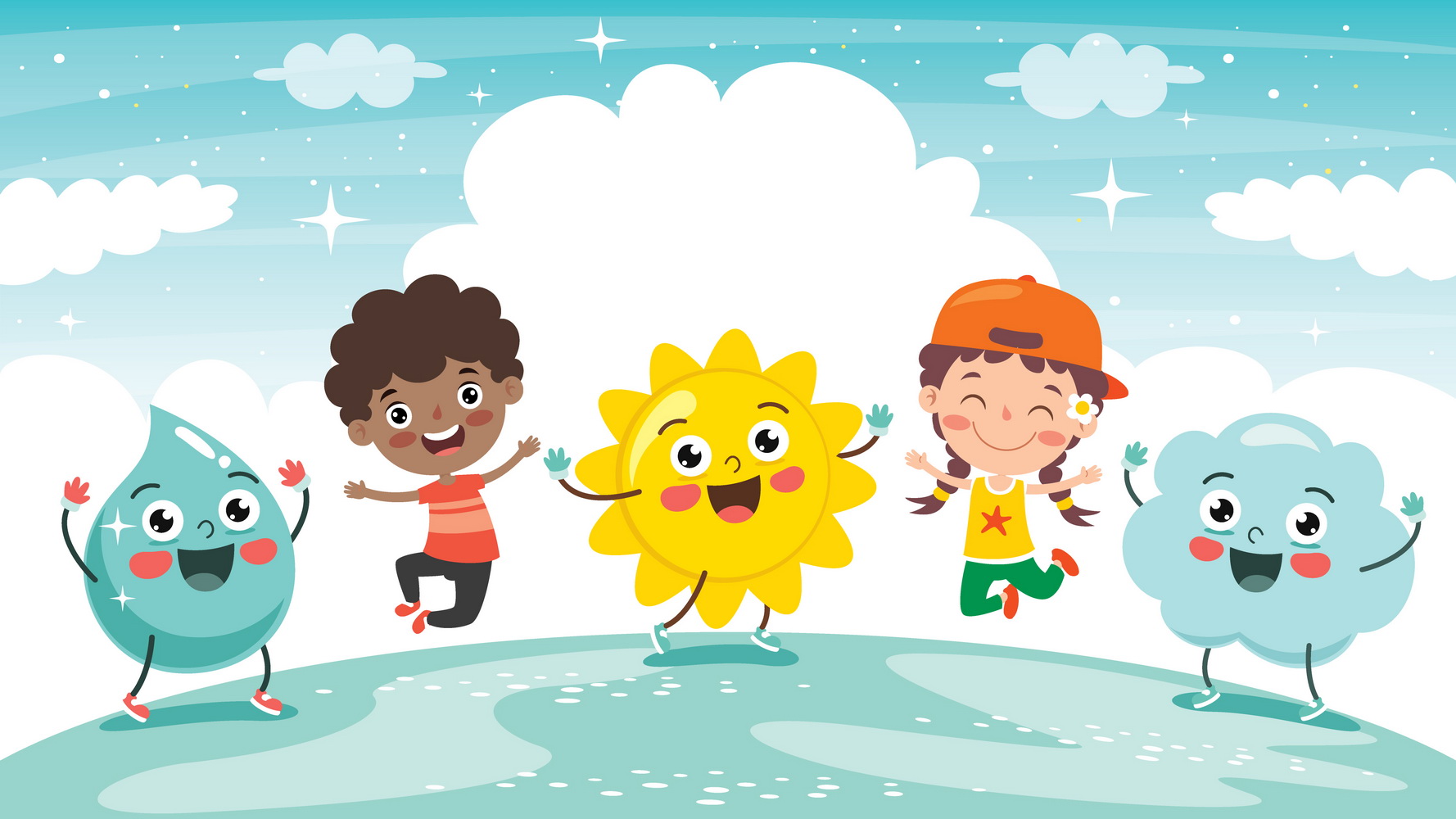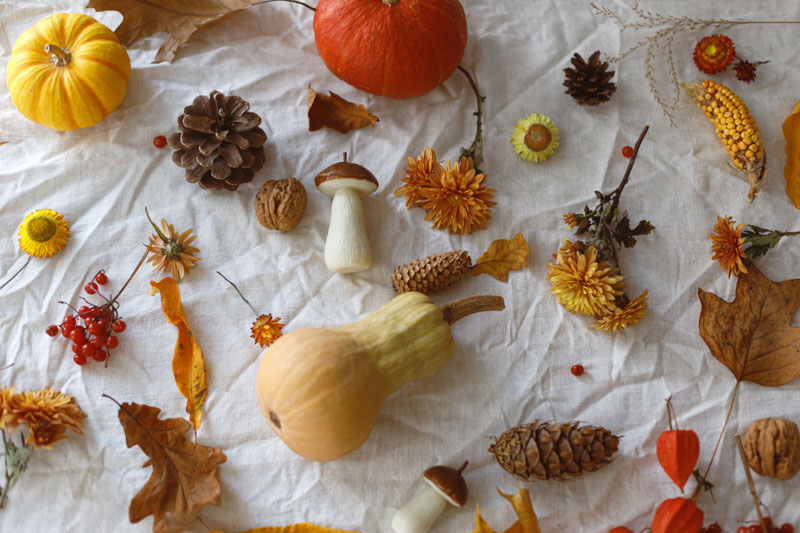Adventures in Reading: Wordless Picture Books
Sept. 14, 2021
The Power of Picture Books With No Words
While wordless picture books have no text for children to read, this emerging sub-genre of picture books is a treasure trove of opportunities for learning and enjoyment. This subgenre of books also works as reading worksheets, while the child is reading, he also perceives graphic information, which in turn helps him think more deeply about the meaning of the written and better immerses it in the story.
For one thing, even though they have no written text, wordless picture books engage many of the same kinds of strategies required for reading. As they seek to make sense of the story presented in pictures alone, children apply comprehension strategies such as engaging prior knowledge, making predictions, making connections to other texts or their own experiences, and considering multiple perspectives.
Children learn to see that stories have surface levels and deeper levels of meaning, which can be interpreted in different ways. Familiar with these notions, children become more sophisticated readers of both written and graphic texts. Being able to see meaning as being comprised of more than the written text, is huge, not only for beginning readers, reluctant readers, and children with disorders such as dyslexia or ADHD, but for all children.
The artistry of wordless picture books invites children to participate in reading, not just as a receiver, but as a creator of meaning. Children tell the story in their own words, using a voice that is authentic to them. This interaction builds oral communications skills by fostering conversation, part of the foundation of literacy.
How to “Read” a Wordless Picture Book
Wordless picture books aren’t meant to be rushed. Begin by giving your child the heads-up that this book doesn’t have words. Tell them they will “read” it by noticing and wondering about the details, making observations about the artwork, thinking about the characters and their actions. Snuggle up with your child and slowly and silently flip through the pages.
Next, do a second walk-through of the book, but this time engage the use of oral language. One approach is to invite your child to tell the story. You can even join in the storytelling by adding dialogue or narration and so co-create the story. In that case, what story would you both come up with if you revisited this book a week or so later?
Another approach is to ask open-ended questions and let your child do most of the taking. Your aim is to
- Improve vocabulary and oral language skills in general
- Develop the skill of making inferences and drawing conclusions based on evidence in the text.
- Notice details and connect them in meaningful ways
- Build confidence in their ability to use language
- Develop a positive disposition towards reasoning and thinking with care
Here are some open-ended questions that can be asked about almost any wordless picture book.
- What happens in this story? (invites your child to tell the story)
- What would you say to the character at this point? (invites your child to think critically and to problem-solve)
- How do you feel about this? (teaches your child how to name and manage emotions)
- What does this mean? Is this important? How do you know? (teaches your child to provide evidence to support claims)
If you are homeschooling, reading wordless picture books can be a fun pre-writing activity. Adding parameters can inspire ideas or simply support the writing process. Parameters could include a list of words to be used, a sentence to start or finish, or that should appear somewhere in the writing. Writing tasks might include:
- Write the text you imagine should go with the pages, in other words, tell the story in your own words
- Advise the character on what to decision to make at a crucial point
- Write a prequel or sequel to the story
- Discuss a particular idea or theme that is important in the story
Here are some wordless picture books you can use, whether as a bedtime story or as an entry point into writing in your homeschooling program.
Window by Jeannie Baker
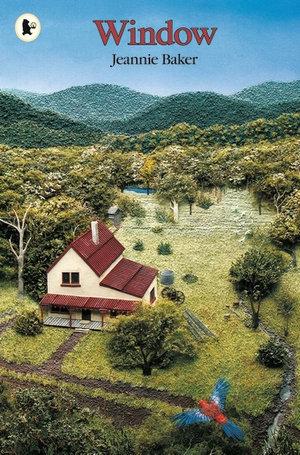
This picture book shows us the view outside a boy’s window. It’s kind of a time-lapse over twenty or so years, revealing the changes that take place outside his window between the time he was born and the time he himself becomes a parent.
Talking points:
Where does this story appear to be happening?
The answer to this will depend on your child’s age and their experiences. It may remind them of where their grandparents live, or a place they saw on TV. You can tell them about what it reminds you of; a farm you visited, or an entirely different country. Here is a chance to talk about how physical features such as the terrain and vegetation vary from place to place. Use words like rural or city if it feels natural.
How do we know how much time has passed?
Look for clues that tell us the child’s age, or notice changes in the yard or beyond the yard.
What emotion does the story evoke?
Get your child to imagine how the boy in the story might feel about the changes happening outside the window. Here is a chance for a conversation about perspectives. Who might feel differently about these changes? Older children might be ready to talk about the environmental concerns that are overtly expressed in the book. For younger children, the conversation might simply be about adapting to change.
The Red Book by Barbara Lehman
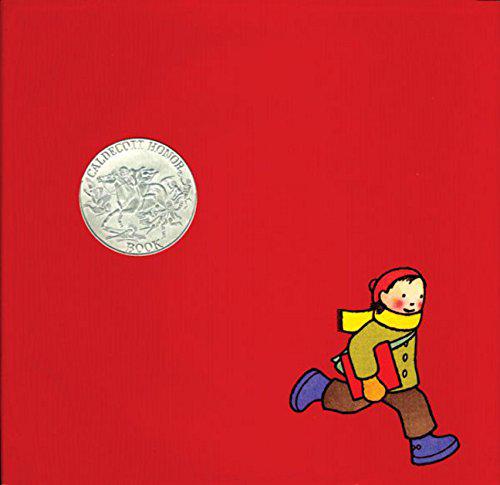
This book is an excellent illustration of the idea that a text has the potential for multiple interpretations. Your child might read this as a book about a magical book that brings fantastic experiences to those who read it. They might say the book is able to do very specific things, like bring friends together. They might not think that the book inside the book is important at all, and might point to friendship, or adventure, or escape as the central point of the story.
Talking points:
What characters appear to be important?
What makes them important? Older children might begin to talk about the red book itself being a character in the story.
What emotions does the story evoke?
One of the great things about reading is that it teaches empathy, as we read about the experiences of others we learn to imagine what it must be like to be them. In this case, your child might use clues from the text to recognize that the children in the story are lonely. As readers, we feel hopeful when the characters feel hopeful, we feel relief and joy when it all works out. What details in the story, or what is it about the artwork get us to respond in these ways?
What does this story make you wonder?
You can start your child wondering, by asking an “I wonder” question aloud. I wonder where the red book came from, what are the rules for how the red book works, will the magic die if only one person keeps the book, what pictures would the book show me if I found it?
Similar to Window by Jeannie Baker, this book ends where it started. At the end of Window, we see the boy, now turned man, at a new window with his baby in his arms. In The Red Book, someone else picks up the red book at the end of the story, we wonder what kind of experience will they have.
In the case of Window, we can predict that this new place will be deforested and urbanized just like the first place. However, The Red Book offers endless possibilities for what could happen next, lending itself to a sequel. It would be fun to imagine the new boy’s story; who is he, and what happens to him when he reads the book?
Found by Jeff Newman and Larry Day
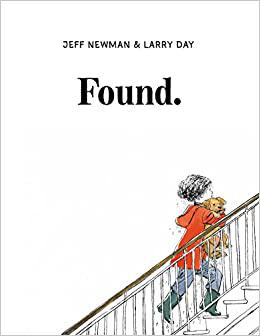
This is a tender story involving a girl, a dog, and a tough decision. This story is depicted in a straightforward way and doesn’t involve the level of interpretation or imagination required by The Red Book. But it does provide opportunities for good conversation about a variety of topics including animals and the bonds you forge with them, doing the right thing, coming to a decision on your own.
Talking points:
What might she be thinking?
What would you say to her right now? At the turning point of the story, after some agonizing, the main character realizes she must return the dog. These pages provide an opportunity to for your child to make inferences based on the character’s actions, and to make connections to their own experiences. It’s also a safe, risk-free moment to engage your child in the kinds of conversation that will help them develop necessary social skills for dealing with situations they will encounter in their own life.
What is interesting about the art in this book?
Here you can offer vocabulary to talk about elements like colour, line, texture; the artist’s use of watercolour on some objects, but not others, the hand-drawn lines that are imperfect, yet interesting.
What if….? Look for opportunities to ask what-if questions, and encourage your child to do the same. For instance, what if the girl in the story hadn’t brought the dog home in the first place? She might have spared herself the heartbreak of growing attached to the dog, then having to return it. Maybe there were no other desirable options, and loving and losing the dog is just an experience that made her life better. I offer these possible thoughts that might come up in conversation. But I suggest that you ask the questions and get out of the way. Let your child blow you away with their insights.
The Mysteries of Harris Burdick
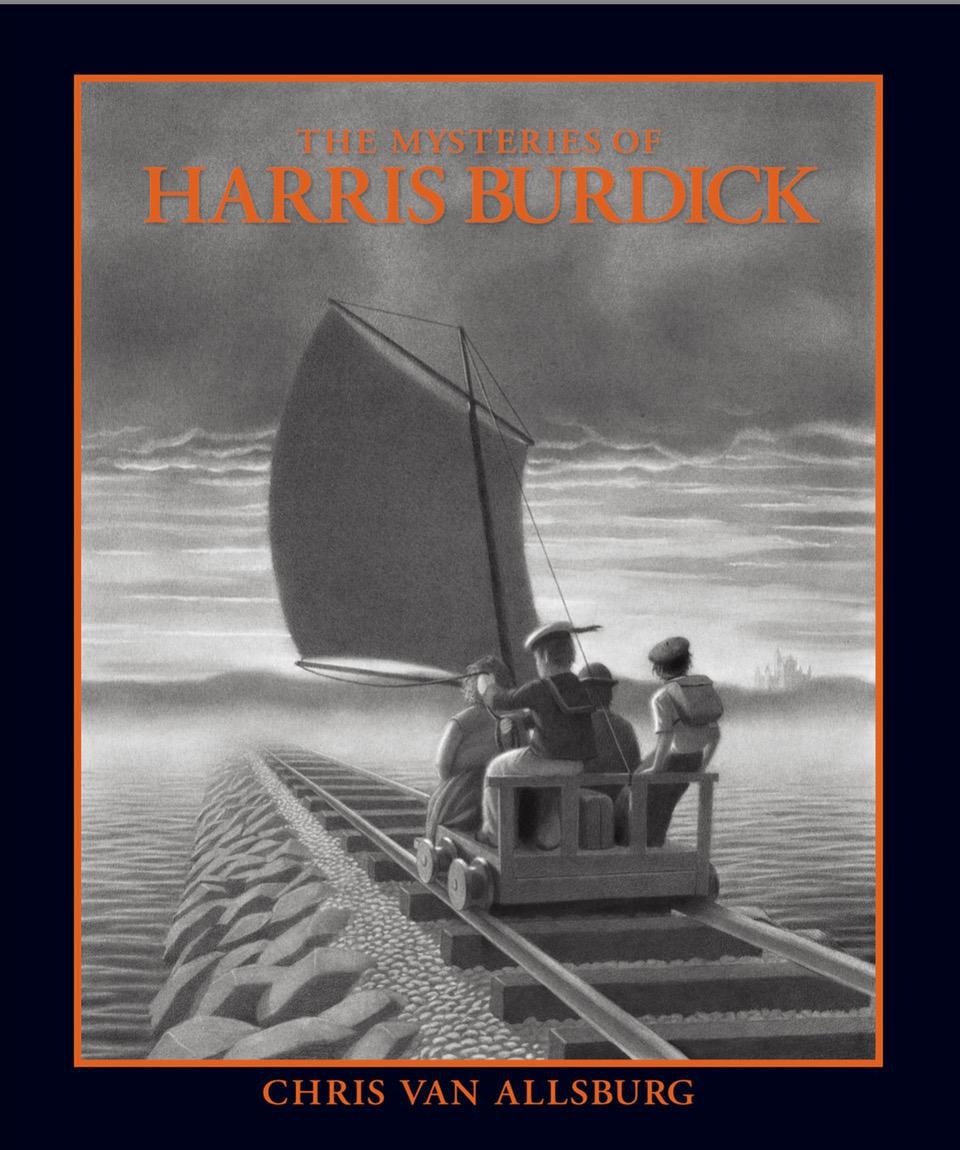
This is not strictly speaking a wordless picture book, as the genre has come to be defined, but it is worth a mention here. It’s a series of captioned illustrations created by an artist who walked into a publisher's office, looking to have his work published. The publisher loved the illustrations and asked him for the accompanying stories. The artist never returned with the stories, so here we are with some very intriguing illustrations and no written text.
The illustrations all seem to depict an ordinary scene, until you look more closely, then you notice there is something strange or unexplained going on. My favourite is the one captioned “Two weeks later, it happened again.” I like it because the thing under the rug has an eerie element of mystery to it. It’s too big to be a mouse, and how would a raccoon or a cat get under there and be moving at such a terrible speed? Whenever I ask students to guess what’s under the rug, we always end up with a lively debate, eliminating possible suspects and making up fictional creatures that comply with the scenario.
The youtube video doesn’t do justice to the images, to really enjoy them, you might check your local library or Amazon for the portfolio edition.
Other fabulous picture books include:
Mirror, by Jeannie Baker
The Arrival by Shaun Tan
Trainstop by Barbara Lehman
Flashlight by Lizi Boyd
Chalk by Bill Thompson
Journey by Aaron Becker
Goodnight Gorilla, by Peggy Rathmann
The article has been prepared by Jacqueline Smith, Kids Academy's author.
Links and References:
Ciecierski, L., Nageldinger, J., Bintz, W., & Moore, S. (2017). New Perspectives on Picture Books. Athens Journal of Education - Volume 4, Issue 2 – Pages 123-136
Gibson, J. (2016). Text Optional: Visual Storytelling With Wordless Picture Books. Association for library Service to Children - Volume 14, number 2



